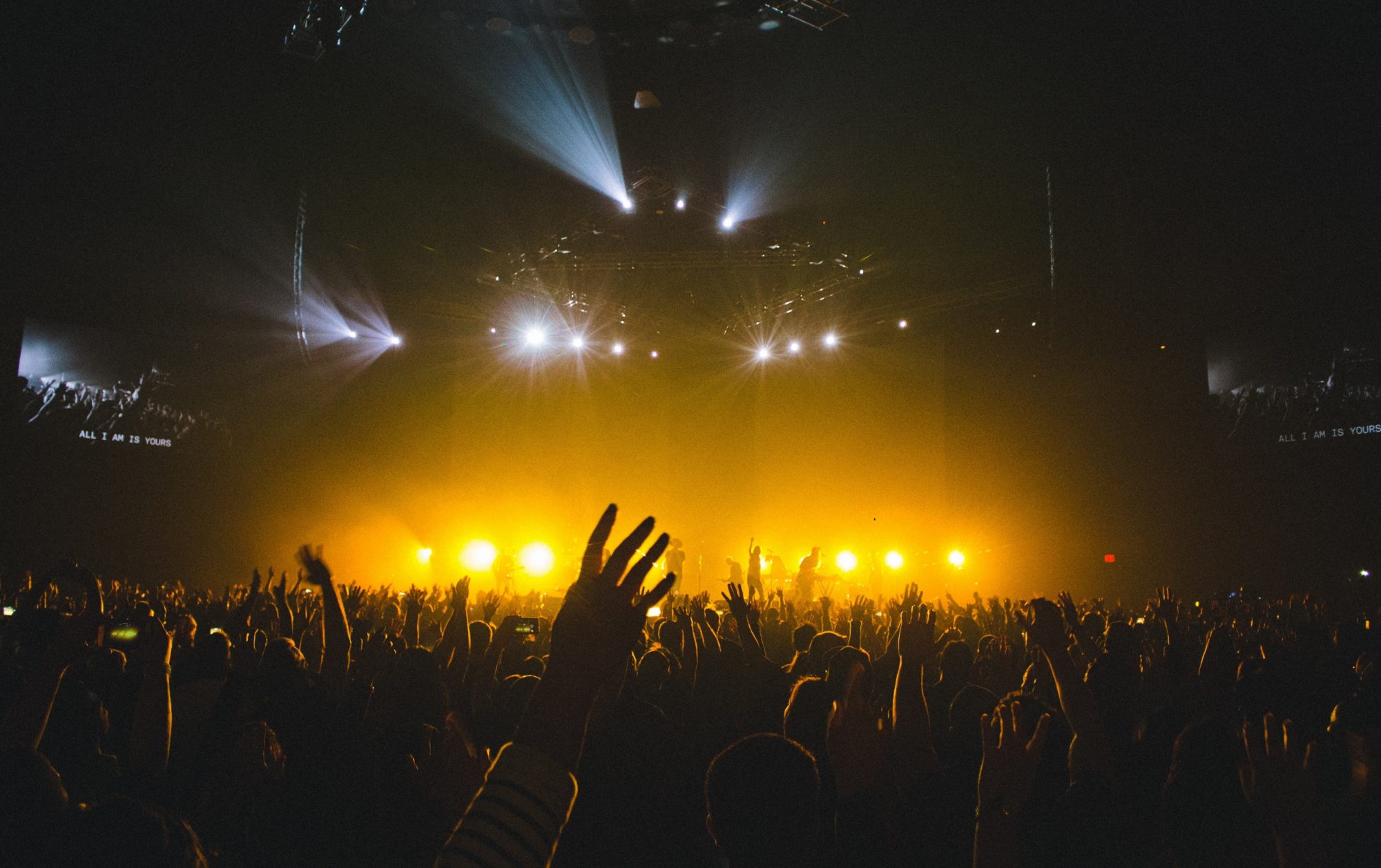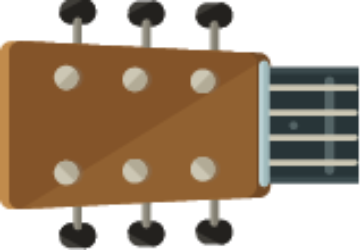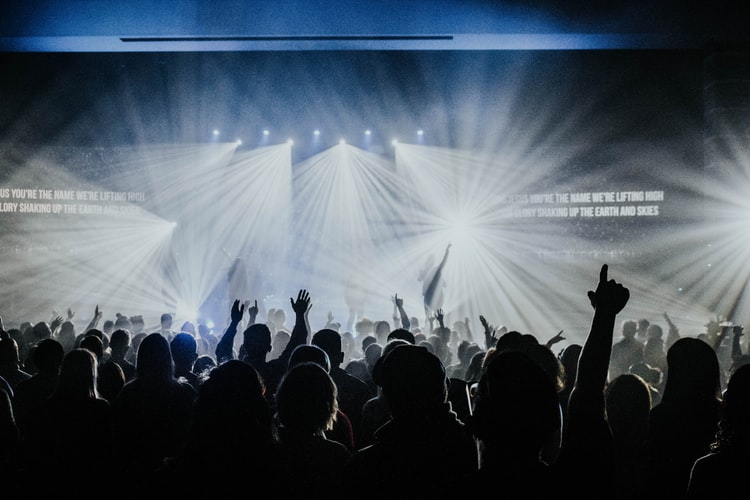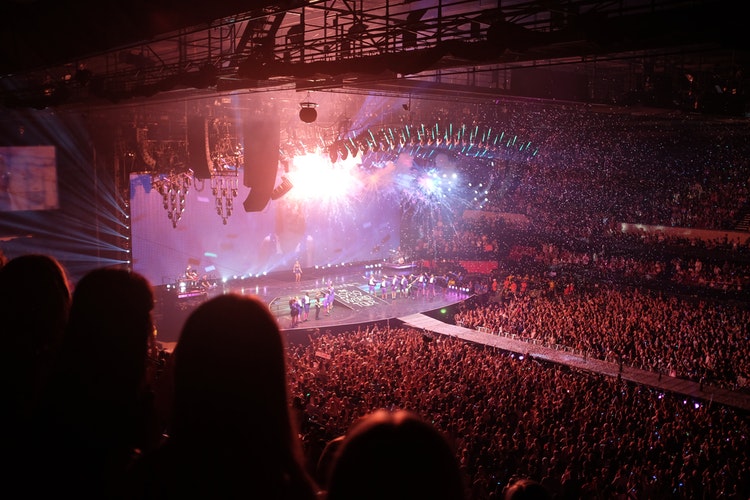If you want to enhance your singing without straining your voice, try these easy strategies. For example, many singers tilt their chin forward or upward to sing with greater force; this may strain and distort their vowels’ sounds.
Additionally, drink plenty of water and herbal tea to stay hydrated. Staying hydrated will allow your vocal cords to remain lubricated so that you can sing long notes more clearly.
Stretch your mouth wide.
Singing can be a fantastic way to express yourself and connect with others, but singing well requires time, dedication, and practice.
One of the biggest mistakes singers make when singing is tightening their throat and shoulders, leading them to lose control of their vocal cords and, ultimately, their tone. For this reason, stretching is vital before beginning any singing session.
Start by humming or singing scales to warm up your voice, recording yourself, listening to the recording, and then reviewing it to hear how your voice sounds. This will allow you to identify any areas where tension exists and understand your range more clearly; this knowledge will enable you to perform higher notes without straining too much.
Breathe deeply.
You are breathing correctly when singing can give your performance more power and enable you to hit higher notes without strain.
Make sure that when breathing, you use your diaphragm (a muscle located between your lungs and stomach). This will give your singing the maximum amount of power!
Another effective exercise is doing a deep yawn; this will relax all of the muscles surrounding your throat and larynx, helping you quickly hit those higher notes. Singers tend to tighten these muscles quickly when reaching for higher notes. Stretch regularly and drink plenty of water, as this will keep them relaxed. Recording yourself can also provide insight into areas in need of improvement.
Keep your mouth open.
Maintaining an open jaw can assist a singer with everything from breath support to tone. Therefore, practising keeping it wide (think yawning) across all vowels and sounds will get the muscles used to the new movement, and soon it will become part of their singing technique.
Singers must listen to themselves. Doing this helps ensure that any bad habits are identified early and developed into healthy techniques. In addition, recording yourself can provide a clear view of what your singing sounds like. By paying attention and making changes accordingly, singers can improve their singing by spending less time on bad habits, which inevitably vanish over time and leave behind only strong and healthy vocal cords.
Keep your head up.
The voice is an incredible instrument, yet proper technique must be utilised. Unfortunately, singers frequently make mistakes that damage or restrict their range due to tension in their neck, shoulder, and jaw muscles.
Maintaining loose and relaxed muscles is the key to finding that sweet spot of singing without straining. To do this, engage in exercises targeting your tongue, throat, and larynx muscles.
Practice makes perfect, so set a schedule and stick to it! Be patient, as the process can take time. Every singer’s voice varies differently, and that’s completely fine; all voices can be beautiful in their ways!
Don’t push your voice.
Over-training your voice can cause it to fatigue and lose flexibility, becoming stiff and potentially causing pain to your vocal cords. Over time, this trend may even lead to permanent damage to the vocal lines.
Avoid this by being gentle with your vocal cords by only singing at an intensity you can sustain comfortably for short durations and practising gradually varying the volume of your voice so that it projects without straining.
Try a volume exercise to make an SS sound quiet before gradually increasing its volume. This will help you maintain an upright posture and deep breathing from your diaphragm and stay hydrated during rehearsals or performances. Be sure to drink plenty of water beforehand.
Stay hydrated.
Drinking water isn’t only good practice but an indispensable vocal singing weapon. Water helps thin mucus and lubricate vocal cords, which is essential to healthy vocal singing voices. Avoid carbonated beverages before singing, as these may cause bloating and throat irritation; opt for room temperature or slightly chilled water instead.
Staying hydrated is critical in all areas of life, but it is especially essential when performing. Singing puts immense strain on the vocal cords; being dehydrated could result in phlegm buildup, damaging your voice and making switching between chest and head voices difficult.
To avoid this, sigh on a descending note after every performance and allow yourself enough time to relax and wind down afterwards. In addition, a few simple warm-up exercises like these will ensure your voice performs at its optimal best!
Listen to yourself.
As a beginner singer, it can be challenging to know how your voice sounds when singing, so recording yourself and playing back your recordings will help identify strengths and weaknesses in your voice.
To do this, record yourself singing along to a familiar tune and analyse it later to pinpoint areas where improvement is needed.
After each of your singing lessons in Glasgow, after each practice session, or performance, taking some time out for self-care is wise. For example, hum some lower notes or slide from your highest to your most down message to relax the throat and avoid overexerting yourself vocally and risking injury; doing this will also prevent straining of the voice, which could result in strain and unpleasant-sounding singing.








